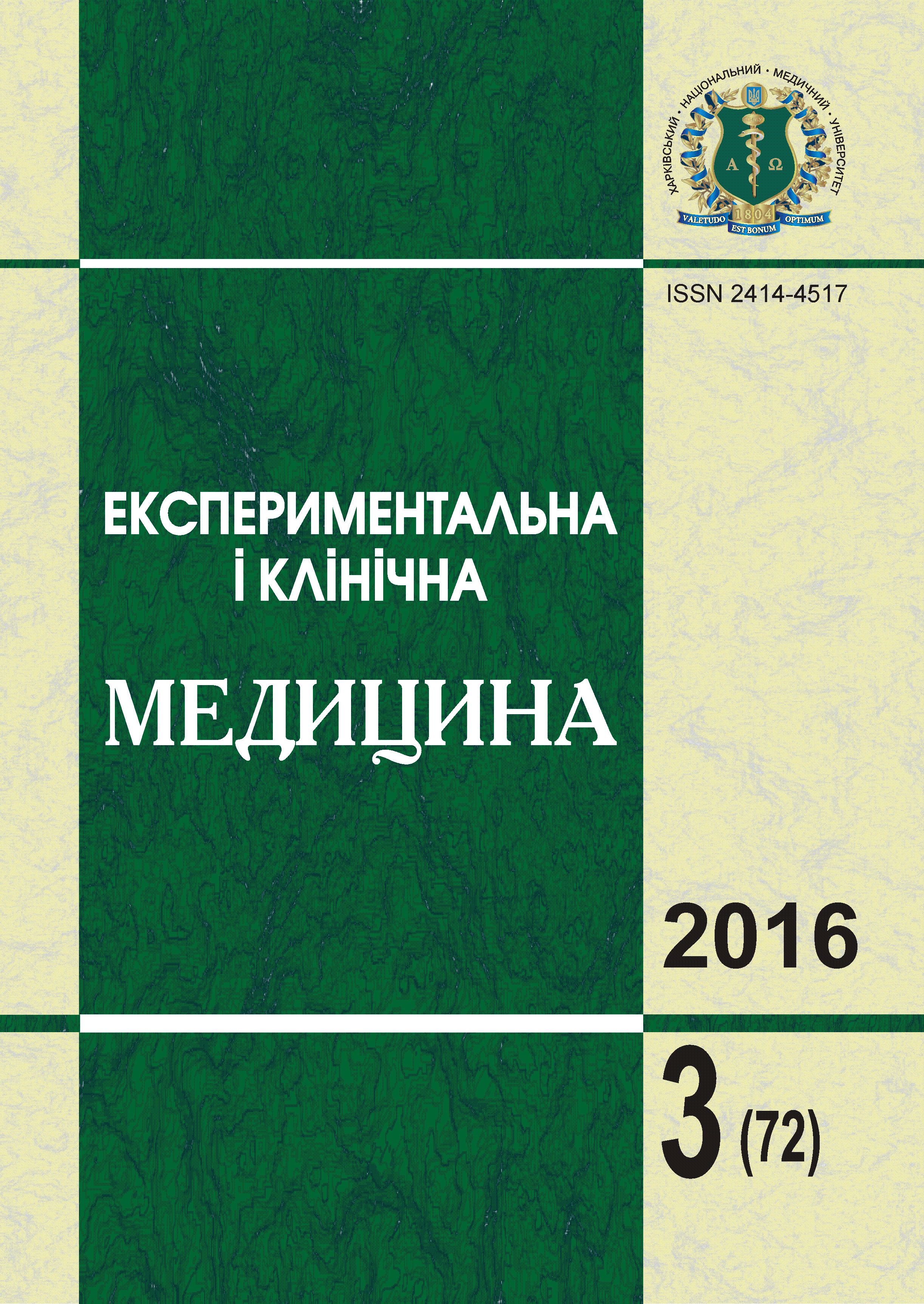Abstract
This work introduces the results of the survey of 105 mid-level health workers of urological hospital on the knowledge and commitment to hand hygiene in their professional activities. It is shown that in the hospital there are well developed rules for hand hygiene. However, only 75.3% of medical workers are sure in full compliance with these rules. Only 33.35% of respondents stick to the rules of hand hygiene after touching surfaces in the patient's room. The correct sequence of handwashing steps is known by 70.8% of health workers, hygienic handrubbing steps – 62.2%, surgical hand preparation – 37.7% of respondents. Not enough attention is paid to hand treatment after surgery and skin care by mid-level medical workers. It is necessary to strengthen the control over the uninterrupted provision of hospital departments with alcohol and antiseptic liquid soap and revise standards on loads of nurses to enable high-quality patient care.References
Chenoweth C.E. Urinary tract infections / C.E. Chenoweth, S. Saint // Infect. Dis. Clin. North. Am. – 2011. – Vol. 25. – P. 103–117.
Nicolle L.E. Urinary catheter-associated infections / L.E. Nicolle // Infect. Dis. Clin. North. Am. – 2012. – Vol. 26. – P. 13–27.
Shuman K. Recognition and prevention of healthcare-associated urinary tract infections in the intensive care unit / K. Shuman, C.E. Chenoweth // Crit Care Med. – 2010. – Vol. 38. – P. 373–379.
Trends in catheter-associated urinary tract infections in adult intensive care units-United States, 1990–2007 / D.C. Burton, J.R. Edwards, A. Srinivasan et al. // Infect. Control Hosp. Epidemiol. – 2011. – Vol. 32. – P. 748–756.
Tambyah P.A. A prospective study of pathogenesis of catheter-associated urinary tract infections / P.A. Tambyah, K.T. Halvorson, D.G. Maki // Mayo Clin. Proc. – 1999. – Vol. 74. – P. 131–136.
Saint S. Biofilms and catheter-associated urinary tract infections / S. Saint, C.E.Chenoweth // Infect. Dis. Clin. North. Am. – 2003. – Vol. 17. – P. 411–432.
Boyce J.M. Guideline for hand hygiene in health-care settings. Recommendations of the Healthcare Infection Control Practices Advisory Committee and the HICPAC/SHEA/APIC/IDSA hand hygiene task force. Society for Healthcare Epidemiology of America/Association for Professionals in Infection ControlInfectious Diseases Society of America / J.M. Boyce, D. Pittet // MMWR Recomm. Rep. – 2002. – Vol. 51 (RR-16). – P. 1–45.
Infectious Diseases Society of America and the Society for Healthcare Epidemiology of America guidelines for developing an institutional program to enhance antimicrobial stewardship / T.H. Dellit, R.C. Owens, J.E. McGowan Jr et al. // Clin. Infect. Dis. – 2007. – Vol. 44. – P. 159–177.
Translating healthcare-associated urinary tract infection prevention research into practice via the bladder bundle / S. Saint, R.N. Olmsted, M.G. Fakih et al. // Jt. Comm. J. Qual. Patient Saf. – 2009. – Vol. 35 (9). – P. 449–455.
Endemic cross-infection in an acute medical ward / S.S. Bukhari, P.J. Sanderson, D.M. Richardson et al. // J. Hosp. Infect. – 1993. – Vol. 24. – P. 261–271.
Findings of the International Nosocomial Infection Control Consortium (INICC), part I: effectivenesss of a multidimensional infection control approach on catheter-associated urinary tract infection rates in pediatric intensive care units of 6 developing countries / V.D. Rosenthal, B. Ramachandran, L. Ducnas et al. // Infect. Control. Hosp. Epidemiol. – 2012. – Vol. 33. – P. 696–703.
Impact of a multidimensional infection control strategy on catheter associated urinary infection rates in the adult intensive care units of 15 developing countries: findings of the International Nosocomial Infection Control Consortium / V.D. Rosenthal, S.K. Todi, C. Alvarez-Moreno et al. // Infection. – 2012. – Vol. 40. – P. 517–526.
Eliminating catheter-associated urinary tract infections, part I: avoid catheter use / M. Winter, B. Helms, L. Harrington et al. // J. Healthc Qual. – 2009. – Vol. 31. – P. 8–12.
A continuous quality-improvement program reduces nosocomial infection rates in the ICU / B. Misset, J.F. Timsit, M.F. Dumay et al. // Intensive Care Med. – 2004. – Vol. 30. –P. 395–400.
Jaggi N. Multimodal supervision programme to reduce catheter associated urinary tract infections and its analysis to enable focus on labour and cost effective infection control measures in a tertiary care hospital in India / N. Jaggi, P. Sissodia // J. Clin. Diag. Res. – 2012. – Vol. 6. – P. 1372–1376.
